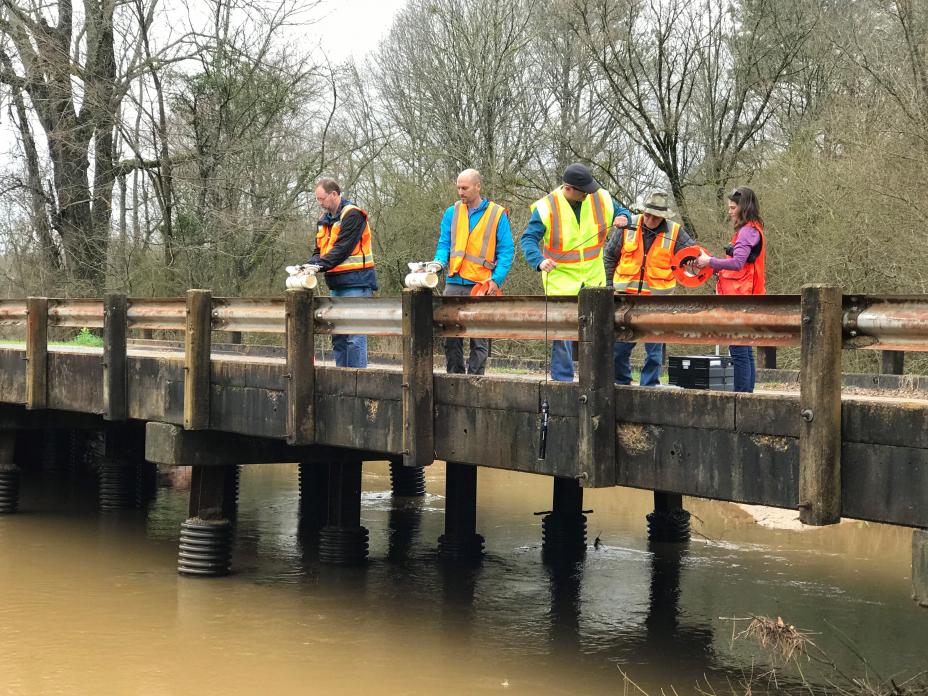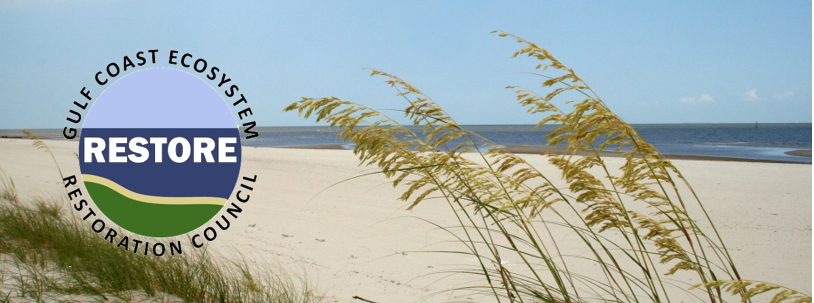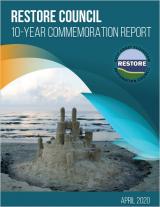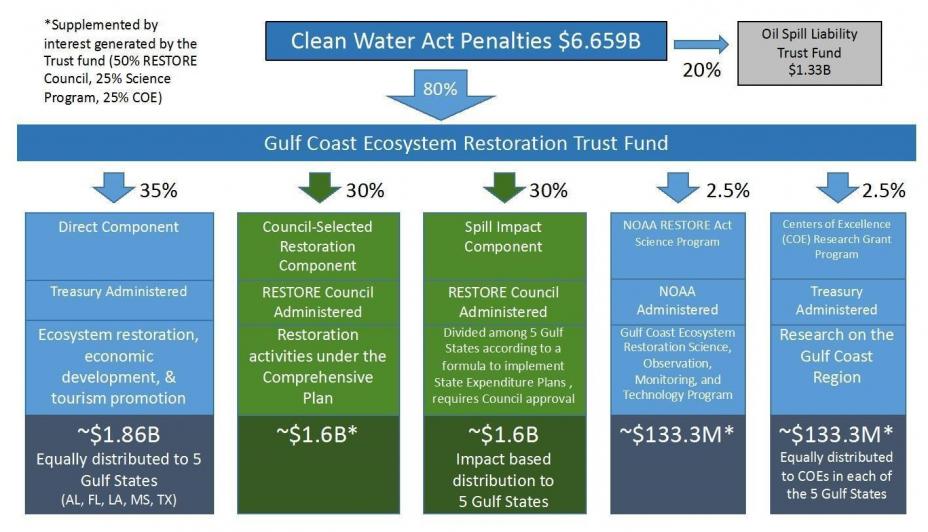Restoring the Gulf of Mexico after the Deepwater Horizon Oil Spill
In 2010, the unprecedented Deepwater Horizon oil spill impacted the Gulf of Mexico ecosystem and communities from Texas to Florida. EPA, in partnership with other federal and state departments and agencies, has made significant progress in addressing the impacts of the spill. The agency and its partners will work to sustain this progress into the future.
Natural Resource Damage Assessment and Restoration

The Natural Resource Damage Assessment and Restoration (NRDAR) evaluates and restores natural resources as diverse as deep-sea coral, fish, wetlands, beaches, birds, sea turtles, dolphins and other marine life, and lost recreational uses impacted by oil spills.
Federal and state restoration partners involved in the NRDAR are acting under the law as natural resource trustees. The trustees work together to identify the extent of natural resource injuries and, with input from the public, the type and amount of restoration required to restore the Gulf to the condition it would have been in if the spill had not occurred - including compensation for interim losses.
Deepwater Horizon NRDAR 10-Year Commemoration Videos
10-Year Commemorative Report
The 10th year serves as a time to look back at the Deepwater Horizon spill and describe the projects and programs thus far, which is the purpose of this 10-year report. Read the report.
RESTORE Council
The Gulf Coast Ecosystem Restoration Council was created by the Resources and Ecosystems Sustainability, Tourist Opportunities, and Revived Economies of the Gulf Coast States Act (RESTORE Act) in 2012 as an independent federal agency charged with administering a portion of the civil settlements associated with the Deepwater Horizon oil spill.
The Council includes the governors of the States of Alabama, Florida, Louisiana, Mississippi and Texas; the secretaries of the U.S. Departments of the Interior, Army, Commerce, Agriculture, and Homeland Security; and the administrator of the U.S. Environmental Protection Agency, who currently serves as the chair of the Council.
For additional information – visit RESTORETHEGULF.GOV

Pursuant to the RESTORE Act, the Council is responsible for administering a portion of the funds associated with settlement of civil penalties against parties responsible for the Deepwater Horizon oil spill. Specifically, the Council is responsible for administering two funding sources: (1) the Council-Selected Restoration Component; and (2) the Spill Impact Component. Bucket 2 and Bucket 3 each receives 30% of the funds allocated under the RESTORE Act.
The figure below shows the funding allocations and amounts under the RESTORE Act and associated settlements of civil penalties.


